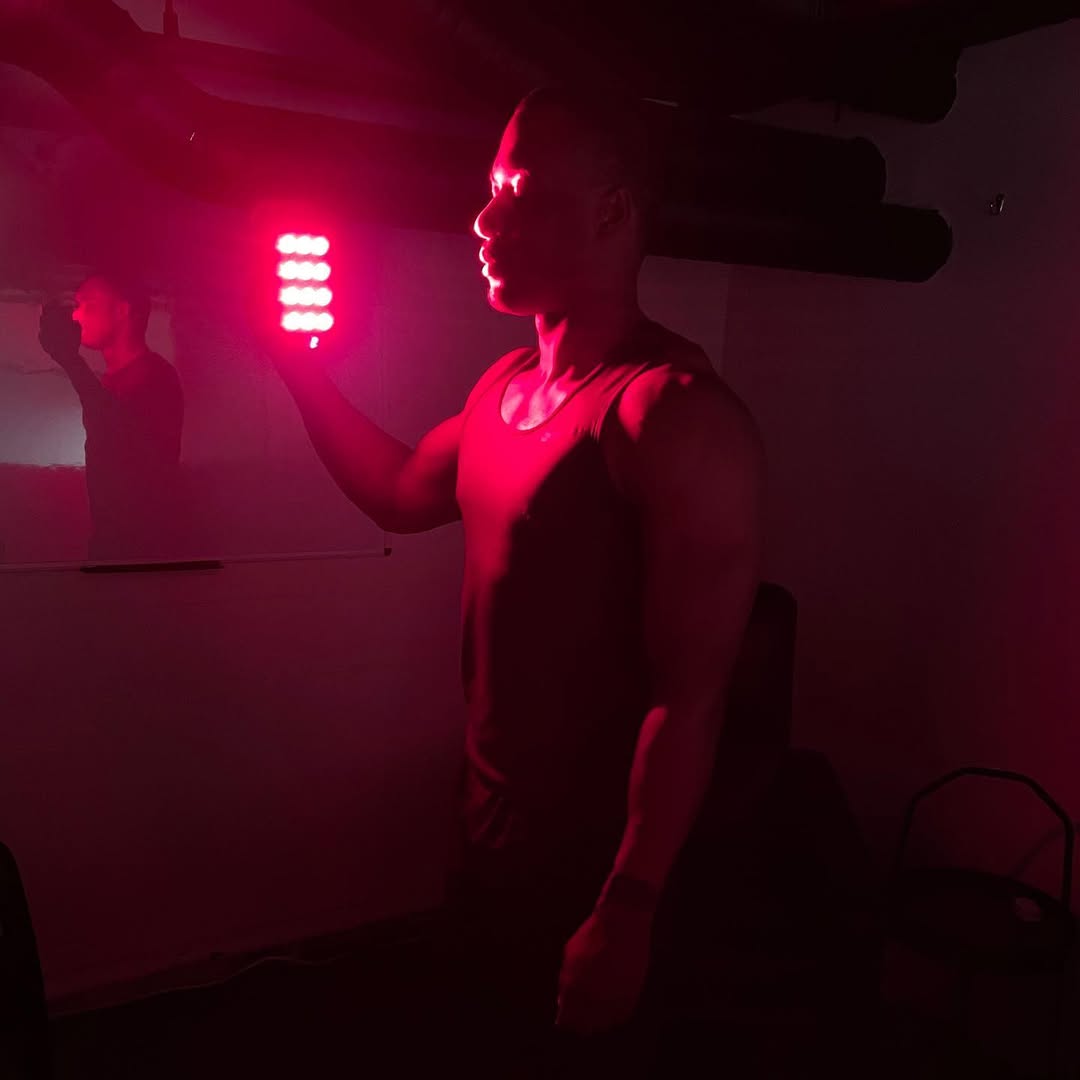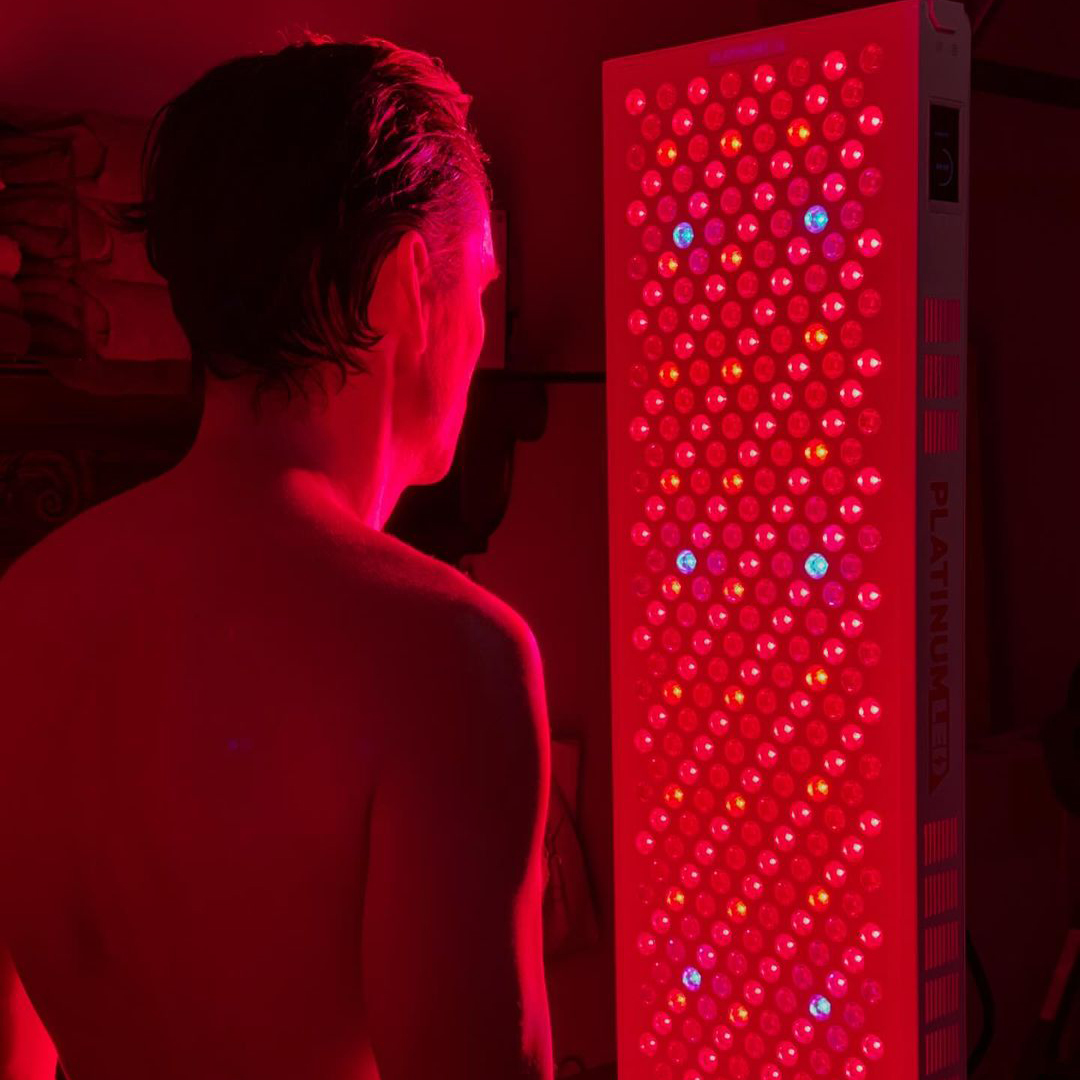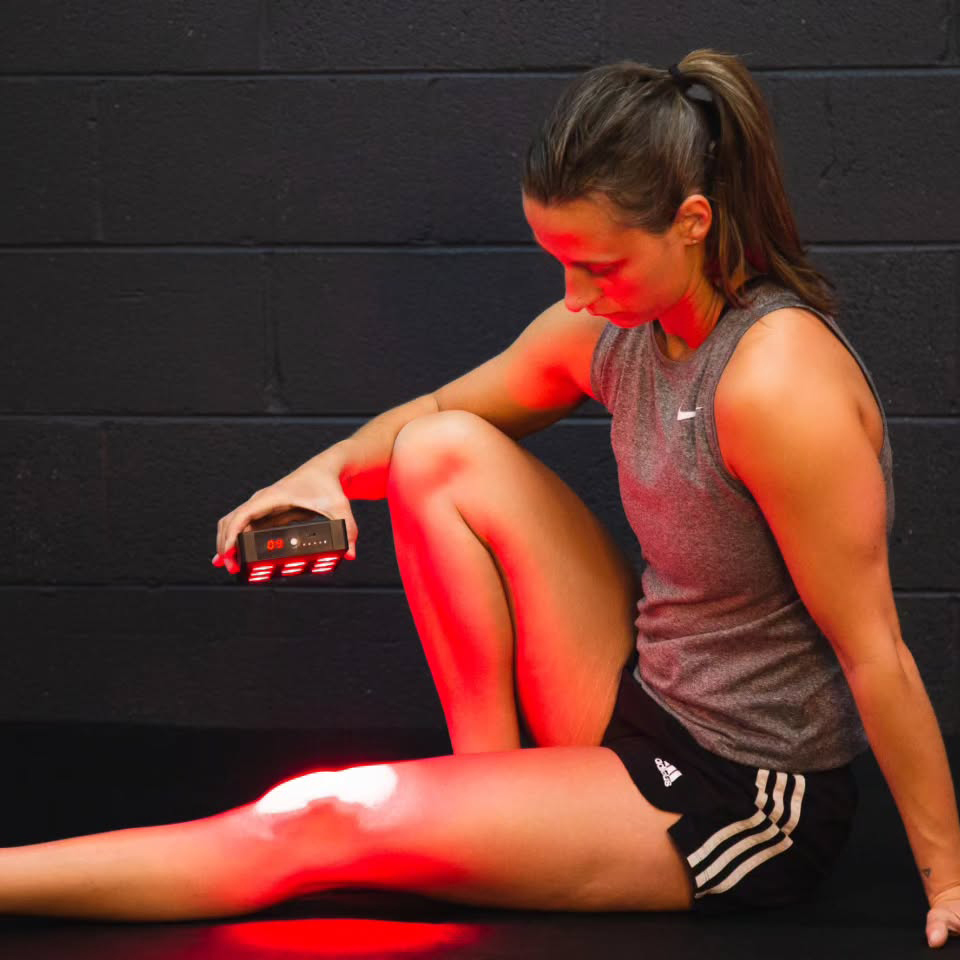![]() Free Shipping
Free Shipping ![]() Buy Now, Pay Later
Buy Now, Pay Later ![]() Eligible
Eligible
Red Light Therapy for Acanthosis Nigricans: A Promising Treatment Approach

Introduction
Acanthosis nigricans (AN) is a skin condition characterized by dark, thickened, velvety patches, typically appearing in body folds such as the neck, armpits, and groin. While it is not harmful on its own, AN is often associated with underlying health issues, including insulin resistance, obesity, hormonal disorders, and, in rare cases, cancer. Traditional treatments focus on addressing the root cause (e.g., improving insulin sensitivity) and topical therapies to lighten the skin. However, these methods often provide limited cosmetic improvement.
Recently, red light therapy (RLT), also known as low-level laser therapy (LLLT), has emerged as a potential treatment for AN. RLT uses specific wavelengths of red and near-infrared light to stimulate cellular repair, reduce inflammation, and improve skin texture. This article explores how red light therapy may benefit individuals with acanthosis nigricans, examining the science behind it, clinical evidence, and practical application.
Understanding Acanthosis Nigricans
Causes and Risk Factors
Acanthosis nigricans develops due to an overgrowth of keratinocytes (skin cells) and increased melanin deposition. The primary causes include:
- Insulin resistance (most common, linked to type 2 diabetes and obesity)
- Hormonal disorders (e.g., polycystic ovary syndrome, hypothyroidism)
- Genetic predisposition (familial AN)
- Medications (e.g., niacin, birth control pills, corticosteroids)
- Malignancy (rare, often associated with gastric cancer)
Current Treatment Options
Since AN is often a sign of an underlying condition, treatment focuses on:
- Medical Management
- Improving insulin sensitivity (metformin, weight loss)
- Hormonal therapy (for PCOS-related AN)
- Discontinuing causative medications
- Topical Treatments
- Retinoids (tretinoin) to normalize skin cell turnover
- Chemical peels (salicylic acid, glycolic acid)
- Skin lightening agents (hydroquinone, kojic acid)
- Procedural Therapies
- Laser therapy (fractional lasers, Q-switched lasers)
- Dermabrasion
While these treatments can help, they often require long-term use and may cause irritation. This has led researchers to explore red light therapy as a gentler, non-invasive alternative.
What Is Red Light Therapy?
Red light therapy (RLT) is a non-invasive treatment that uses wavelengths between 630-700 nm (red light) and 800-880 nm (near-infrared light) to penetrate the skin and stimulate cellular function. Unlike UV light, RLT does not damage the skin—instead, it enhances repair mechanisms.
How Does Red Light Therapy Work?
RLT works through photobiomodulation, where light energy is absorbed by mitochondria (the cell’s powerhouse), boosting adenosine triphosphate (ATP) production. This leads to:
- Increased collagen & elastin production → Improves skin texture
- Enhanced blood circulation → Supports healing
- Reduced inflammation → Helps with hyperpigmentation
- Normalization of keratinocyte growth → May reduce thickening
Benefits for Skin Conditions
RLT has shown promise in treating:
- Acne & scars (reduces inflammation, speeds healing)
- Psoriasis & eczema (modulates immune response)
- Hyperpigmentation (regulates melanin production)
- Wrinkles & aging skin (stimulates collagen)
Given these effects, researchers are now investigating whether RLT can improve AN.
VELLGUS Elite V2
THE #1 RATED RED LIGHT DEVICE
VELLGUS pro V2
THE #1 RATED FULL BODY RED LIGHT DEVICE
Can Red Light Therapy Help Acanthosis Nigricans?
While direct studies on RLT for AN are limited, the mechanisms suggest potential benefits:
1. Reducing Hyperpigmentation
AN involves excess melanin production. RLT has been shown to:
- Inhibit tyrosinase (enzyme needed for melanin synthesis)
- Promote even skin tone (seen in melasma & post-inflammatory hyperpigmentation studies)
2. Normalizing Keratinocyte Proliferation
AN causes thickened skin due to rapid keratinocyte growth. RLT may:
- Regulate cell turnover (similar to retinoids but without irritation)
- Improve skin texture (as seen in psoriasis treatments)
3. Enhancing Insulin Sensitivity (Indirect Benefit)
Since AN is often linked to insulin resistance, some studies suggest that near-infrared light may improve glucose metabolism by:
- Increasing nitric oxide production → Enhances blood flow
- Reducing oxidative stress → Improves mitochondrial function in cells
While more research is needed, combining RLT with lifestyle changes (diet, exercise) could provide dual benefits.
Clinical Evidence Supporting RLT for AN
1. Study on Hyperpigmentation & Skin Thickening
A 2020 study in the Journal of Cosmetic and Laser Therapy found that red and near-infrared light improved skin texture and pigmentation in patients with photoaging and melasma—conditions with similar features to AN.
2. RLT in Diabetes & Metabolic Health
Research in Diabetes & Metabolism Journal (2019) showed that near-infrared light therapy improved insulin sensitivity in diabetic patients, suggesting it could indirectly help AN caused by metabolic syndrome.
3. Case Reports on AN Improvement
While large-scale trials are lacking, some dermatologists report visible lightening and thinning of AN patches after consistent RLT use. Anecdotal evidence from users of at-home RLT devices also supports this.
How to Use Red Light Therapy for AN
1. Professional Treatments
- Dermatology clinics offer high-powered RLT devices (e.g., Omnilux, LLLT panels).
- Recommended protocol: 2-3 sessions per week for 8-12 weeks, followed by maintenance.
2. At-Home Devices
For convenience, FDA-cleared devices like:
- Joovv, Red Light Man, Hooga (panels)
- Project E Beauty, Celluma (wearable devices)
Usage guidelines:
- Wavelength: 630-660 nm (red) + 850 nm (near-infrared)
- Duration: 10-20 minutes per session, 3-5 times weekly
- Distance: 6-12 inches from skin
3. Combining with Other Therapies
For best results, pair RLT with:
- Topical retinoids or AHAs (enhances cell turnover)
- Weight management & blood sugar control (critical for insulin-related AN)
Potential Side Effects & Safety
RLT is non-invasive and well-tolerated, but some considerations include:
- Mild redness or dryness (rare, usually temporary)
- Eye protection needed (to avoid retinal damage)
- Not for active skin infections or cancer risk areas
Always consult a dermatologist before starting, especially if AN is linked to malignancy.
Conclusion: Is RLT Worth Trying for AN?
Red light therapy presents a safe, non-invasive, and scientifically supported option for improving acanthosis nigricans. While more clinical trials are needed, early evidence suggests it can:
✔ Lighten dark patches by regulating melanin
✔ Thicken skin texture by normalizing cell growth
✔ Support metabolic health (indirectly helping insulin resistance)
For those struggling with AN, combining RLT with lifestyle changes and medical treatments may offer the best results. As research evolves, RLT could become a mainstream therapy for this challenging condition.
Final Recommendations
- Consult a dermatologist to confirm AN’s underlying cause.
- Try professional RLT first, then consider at-home devices.
- Be consistent—results may take 8-12 weeks.
- Combine approaches (diet, topicals, RLT) for optimal improvement.
Would you try red light therapy for AN? Share your thoughts in the comments!
References:
- Journal of Cosmetic and Laser Therapy (2020)
- Diabetes & Metabolism Journal (2019)
- Photodermatology, Photoimmunology & Photomedicine (2018)









